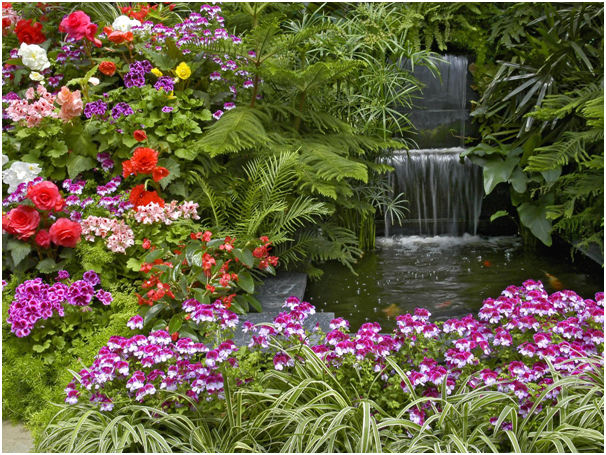
Many people often consider making a compost heap – we all know it is beneficial to the garden and cheaper to make your own than it is to buy it. But what puts a lot of people off composting is the fact that they are not sure how to begin or what they need to start a successful compost heap.
To Bin or not to Bin? If you are unsure whether or not to get a compost bin, it is a matter of personal preference. Some people just like to have a compost heap, but if you have a smaller garden, a compost bin is a good idea for you. Make sure that you place the compost bin or heap on a level spot with good draining – this is crucial as you want the worms to get in and break it down.
The Importance of Worms – The worms are natures gift to the garden. They are essential for a successful compost heap. They work by eating the waste put in, and converting it to compost. Tiger worms are particularly good at this and are the best type of worm you can find in a compost heap! Make sure that you put the right things into the heap for the worms to eat – the sort of things that need to go into it include waste fruit and vegetable peelings and skins, teabags, garden waste (such as lawn cuttings, or any branches, leaves etc.), cardboard egg boxes and even paper is also good to put in. Things that you want to avoid feeding worms with are faeces (this goes for human and animal faeces, including nappies), meat, and perennial weeds. Of course, any material that is not organic should never go in – plastics and glass can be recycled separately.

Airing it out – Once you have started to add the right materials to your compost heap or bin, make sure you care for your compost to get the best out of it. You need to turn it regularly to get air into the compost which keeps it healthy. You can buy aeriation tools to help with this, and air can also be added by putting scrunched up cardboard into the mix. This also helps it to compost faster.

Know when it is ready to go – You can tell when your compost is ready to use as you will notice you have a very dark brown layer, that looks like soil in the bottom of the bin, or heap. It will be spongy to touch, and is very rich in all the nutrients plants need. You will notice that your plants will thank you for it, this may inspire you to do more outside and spend more time in the garden. Your very own garden studio from http://www.gardenspaces.co.uk/ is a great way to get the most out of spending time in your garden. Remember, look after your garden and your garden will look after you!
